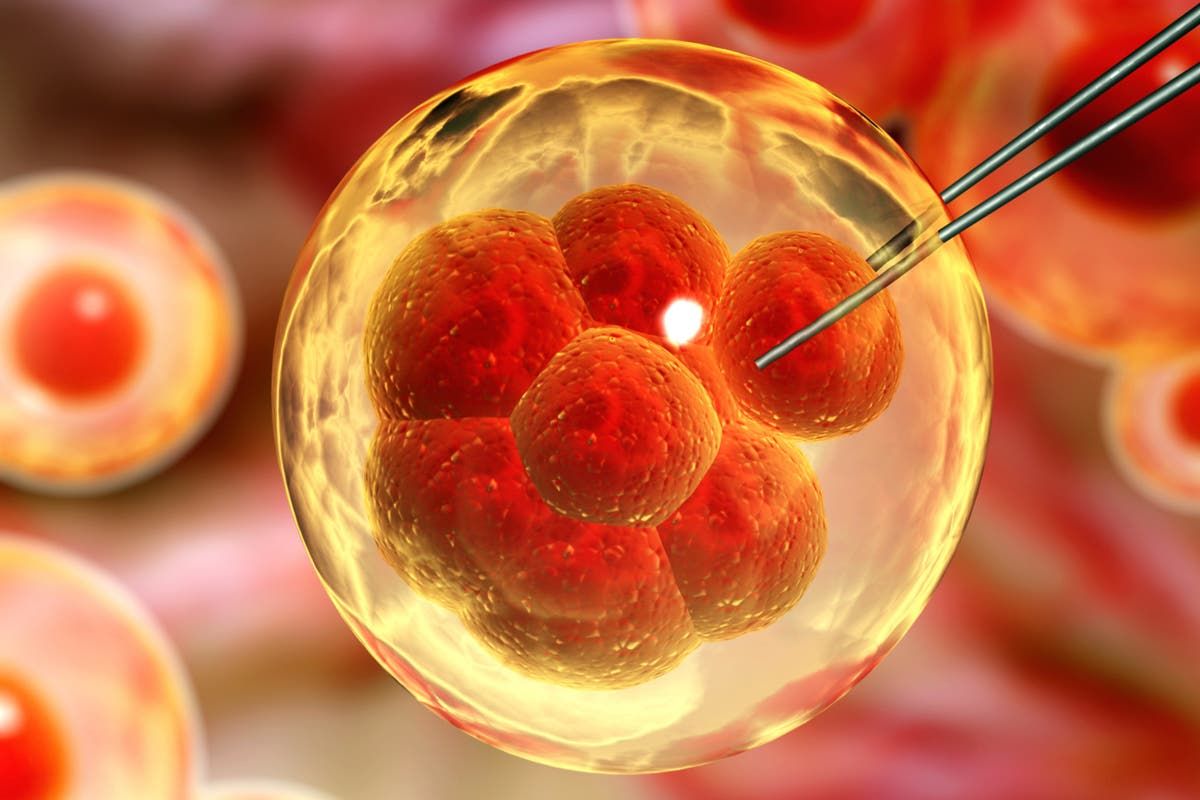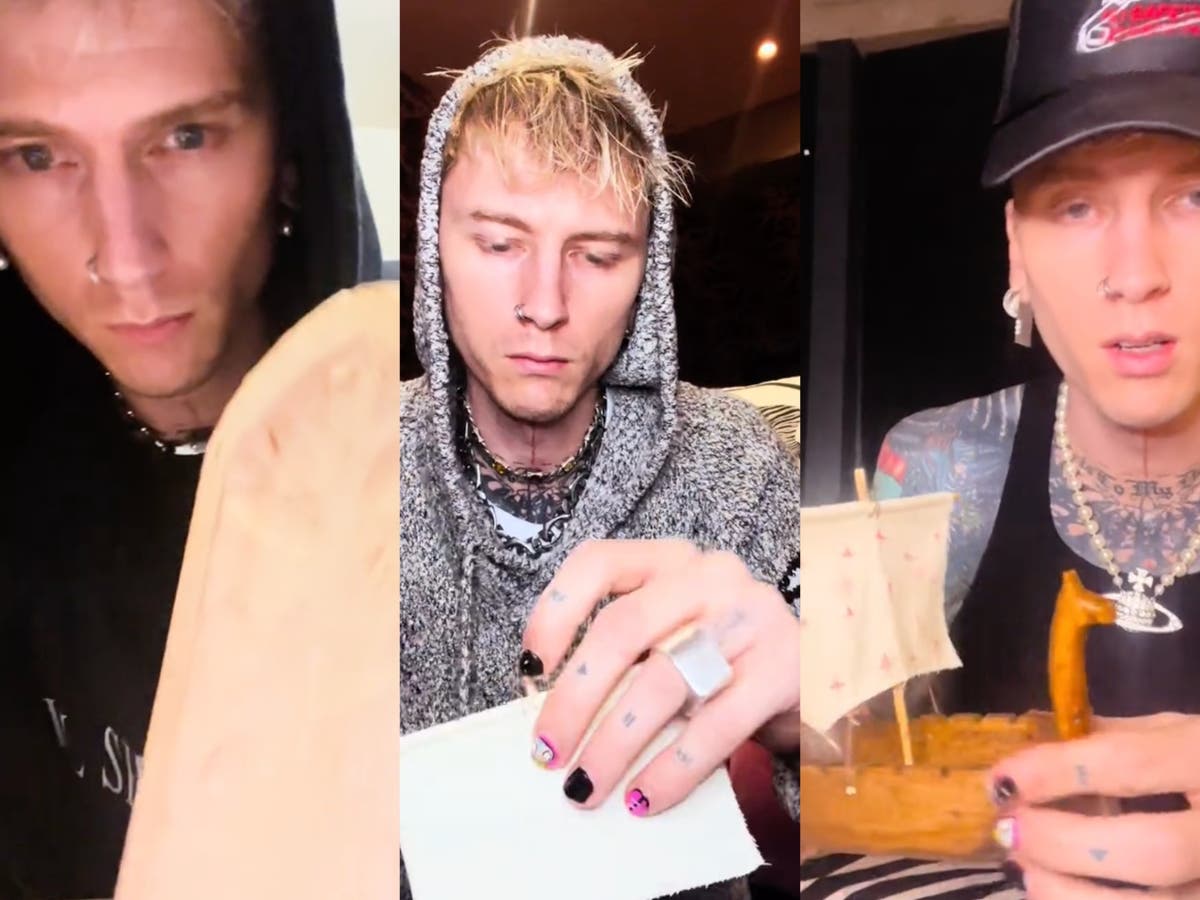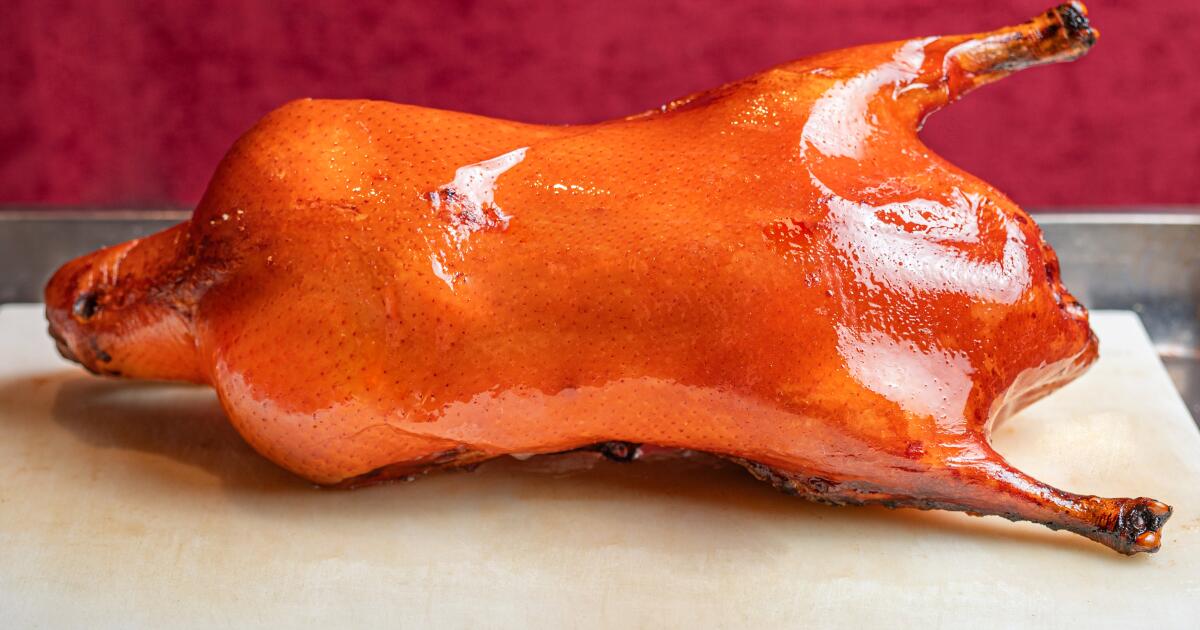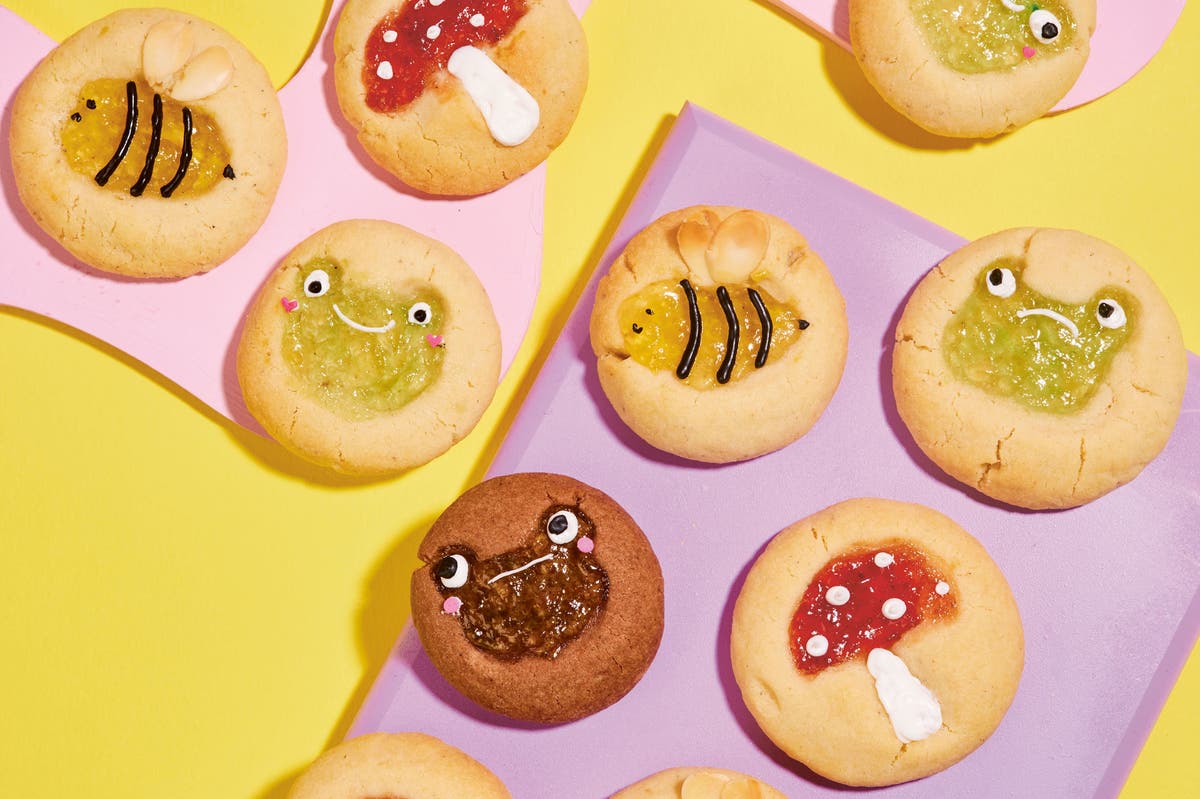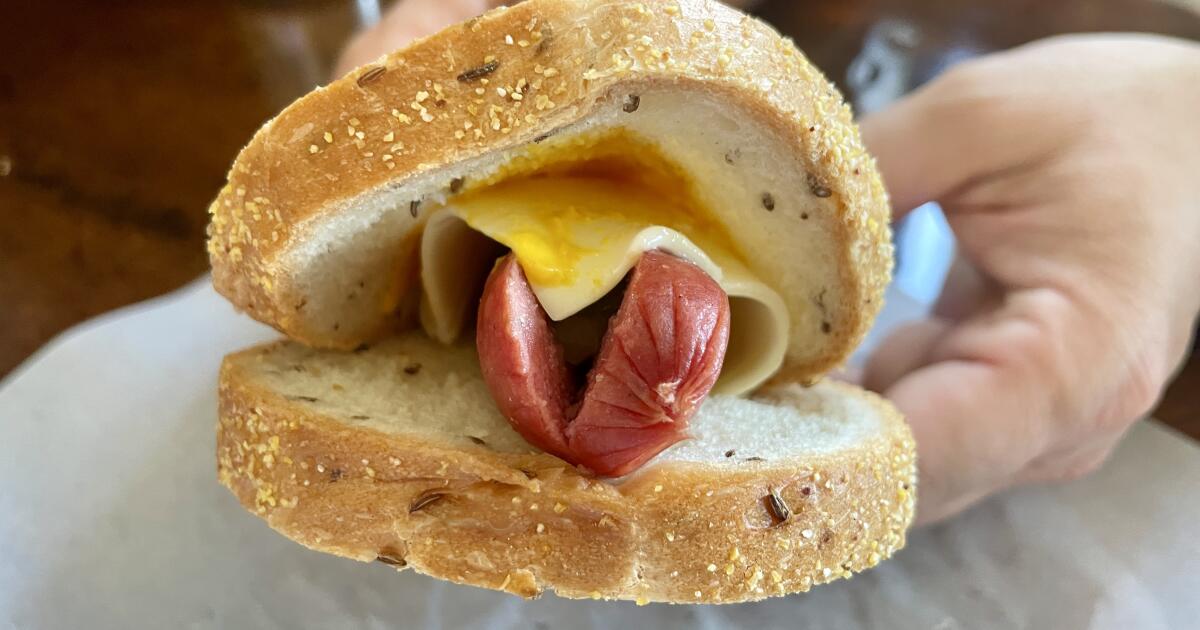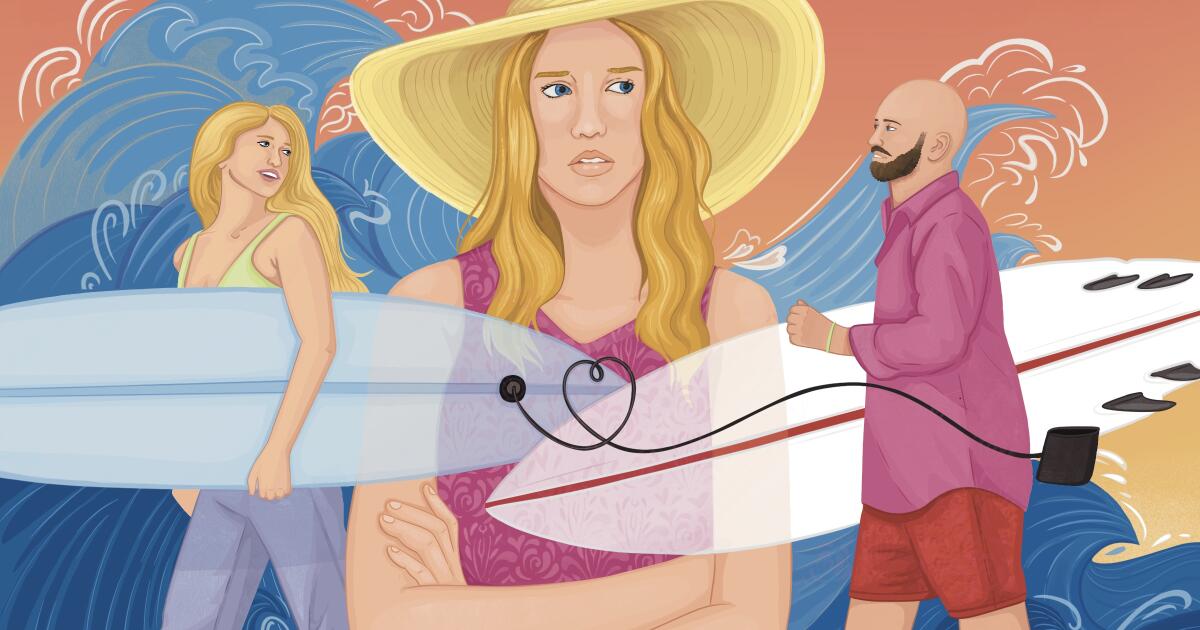Your support helps us tell the story.
My recent work focusing on Latino voters in Arizona has shown me how crucial independent journalism is to giving voice to underrepresented communities.
Your support is what allows us to tell these stories and draw attention to issues that are often overlooked. Without your contribution, these voices may not be heard.
Every dollar you donate helps us continue to shed light on these critical issues in the run-up to the election and beyond.
Eric Garcia
Washington Office Chief
Yo I have a frozen embryo stored on ice at a fertility clinic in St. Petersburg, Russia. She – and, yes, I know her gender – has been in the freezer for six years. I’ve even given her a name: Talulah. She’s the child I’ll probably never have; a potential sister for my daughters Lola, eight, and Liberty, six. I have no idea what to do with her.
I could bury my head in the sand: the clinic in Russia hasn’t emailed me storage charges in years, so that would be easy to do. I could send a courier to pick her up, but it’s a bit complicated because of the war. Sometimes I wonder where she is and what happened to her (if anything). Is she okay? Has she been drafted? Talulah, the fantasy third child I can’t afford and who I probably wouldn’t implant if I won the lottery tomorrow.
Both of my daughters know all about Talulah – it’s part of our family history. Liberty wants a little sister, while Lola is much more sensible. “Don’t be ridiculous!” she says, knowing it would be too much for us if Talulah came into this world, which would be very likely if I implanted her. I know she’s a chromosomally strong embryo with a high grade, because I had basic preimplantation genetic screening (PGS) in 2016. It checks for chromosomal abnormalities, can detect Down syndrome and is a strong indicator of miscarriage risk.
I know this is worrying. Today’s advanced embryo testing has raised fears that the rich will end up breeding “super babies”. US-based reproductive technology start-up Orchid now offers large-scale embryo testing. It claims to detect predisposition to more than 1,200 diseases, as well as Alzheimer’s, diabetes, coronary heart disease and cancer, and costs around £2,000 per embryo, on top of IVF costs. However, critics have branded this “social engineering”.
In my case, I was suffering from low ovarian reserve when doctors recommended I urgently undergo gruelling rounds of IVF. But for others who have no fertility problems, the option of freezing embryos and pre-screening them for a host of potential health problems is becoming the norm.
The argument for this is that many women go through much worse when it comes to cosmetic procedures, so why not go with IVF to have a super-powered baby? But what isn’t talked about much is the emotional toll that comes with making these decisions. So my advice to wealthy people who might have to discard much more than one viable embryo, especially if they’re young and getting tons of eggs, is to remember that it’s hard to leave a healthy embryo behind. Or even throw it away. When I first faced that piece of data-covered paper, it hadn’t occurred to me that one day I’d be haunted by the image of Talulah in a freezer, looking like nothing more than a frozen apple pie.
As for my non-frozen family, Lola was born first – she was the best embryo I had. She was conceived in a fertility clinic in Spain, as it was cheaper to undergo IVF in Europe than in the UK back then. Spanish law dictates that embryos can only be kept frozen for a year, so I had to go on a mad dash to find any clinic in Europe that would keep the rest frozen for me. That’s why they ended up in Russia. There, about two years after Lola was born, it was a tough decision to implant Liberty or Talulah, if I remember correctly. But now I can’t imagine life without Liberty. It would break my heart not to know her as I do, or to have her at all. How different would it be if I had chosen Talulah? Could Talulah have been the problem child? Was I lucky?

I'm faced with big decisions now. I could give Talulah up for adoption, or even give her away to an infertile couple. Or I could try to forget about her. Look, I know that rationally Talulah doesn't have feelings yet (she's in the early stages of a developing human being), but to us she's real.
If I were to get pregnant, I would have to take hormones and force my period to prepare my body for fertilization, but at this point my age doesn't even matter because I already have the high-quality products. I could also use a surrogate mother to give birth to my baby and thus avoid my body having to go through another pregnancy.
These are the thoughts you are not told when your embryos are being analysed. I had mine analysed because it made perfect sense: I was already in my forties and was considered a high-risk woman, as the rate of embryonic abnormalities was greatly affected by a woman's age.
I didn’t care about gender, either—finding out that Liberty and Talulah were female embryos was a happy accident. When I sent the rest of my embryos, eggs, and sperm to Russia, I saw the paperwork. Embryo #1 (Liberty) was a girl, as was embryo #2 (Talulah). I figured I’d take advantage. I went ahead and chose Liberty because I knew she could easily share a bunk bed with Lola in my two-bedroom apartment. The problem with Orchid testing, though, is that it takes the whole selection process to the extreme. Women are no longer too posh to push, but too rich to achieve anything less than perfection.
Of course, every parent wants a healthy child, but the emotional burden of knowing that there is a life or two, or in some cases, 17, lurking behind the scenes should not be underestimated.

